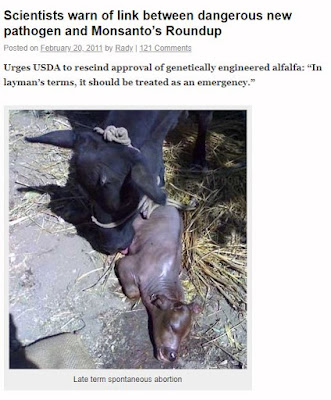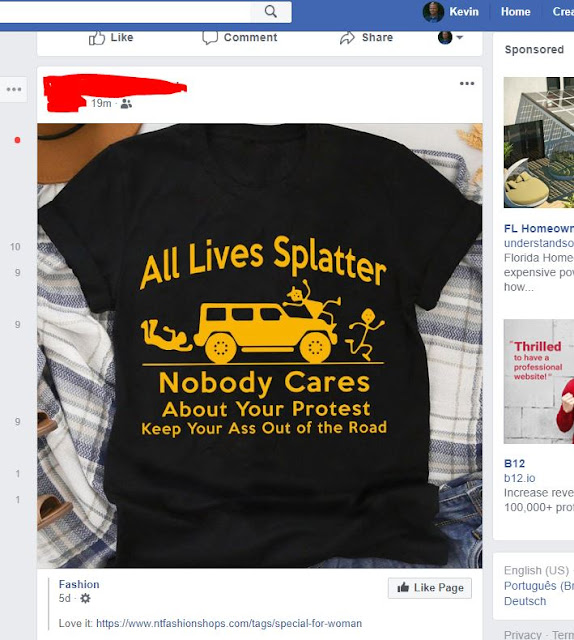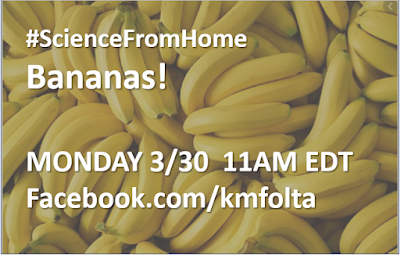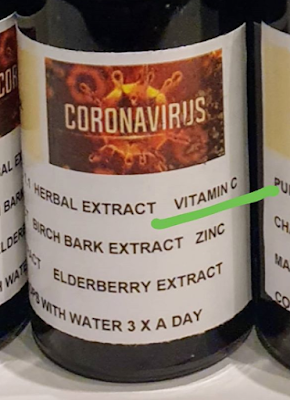Understanding mRNA Vaccines - Webinar
As the COVID19 vaccine rolls out it is critical to understand how it works, its efficacy, as well as its risks and benefits. Actively opposing disinformation will be key in achieving broad public compliance and ultimately ensuring public health. What is the history of the mRNA vaccine? How does this approach differ from previous vaccination strategies? Is this really new technology? These questions and many more will be answered, along with your specific questions. Hosted by Dr. Kevin Folta, molecular biologist and host of the Talking Biotech Podcast.












